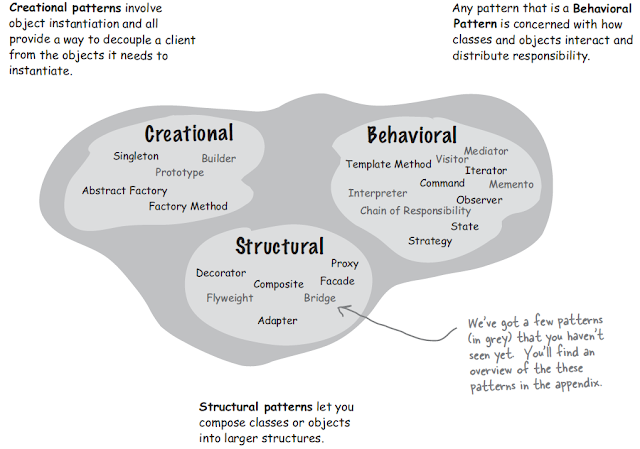Template Method Design Pattern

Intent Define the skeleton of an algorithm in an operation, deferring some steps to subclasses. Template method lets subclasses redefine certain steps of an algorithm without changing the algorithm's structure. Structure Image : Template method design pattern structure Participants 1. AbstractClass defines abstract primitive operations that concrete subclasses define to implement steps of an algorithm. implements a template method defining the skeleton of an algorithm.The template method calls primitive operations as well as operations defined in AbstractClass or those of other objects. 2. ConcreteClass implements the primitive operations to carry out subclass-specific steps of the algorithm. Collaborations ConcreteClass relies on AbstractClass to implement the invariant steps of the algorithm. Source Code Follow the steps to implementation of Template design pattern. Let's create a coffee beverage system Step 1: Create CaffeineBeverage class ,which defines skeleton f...

